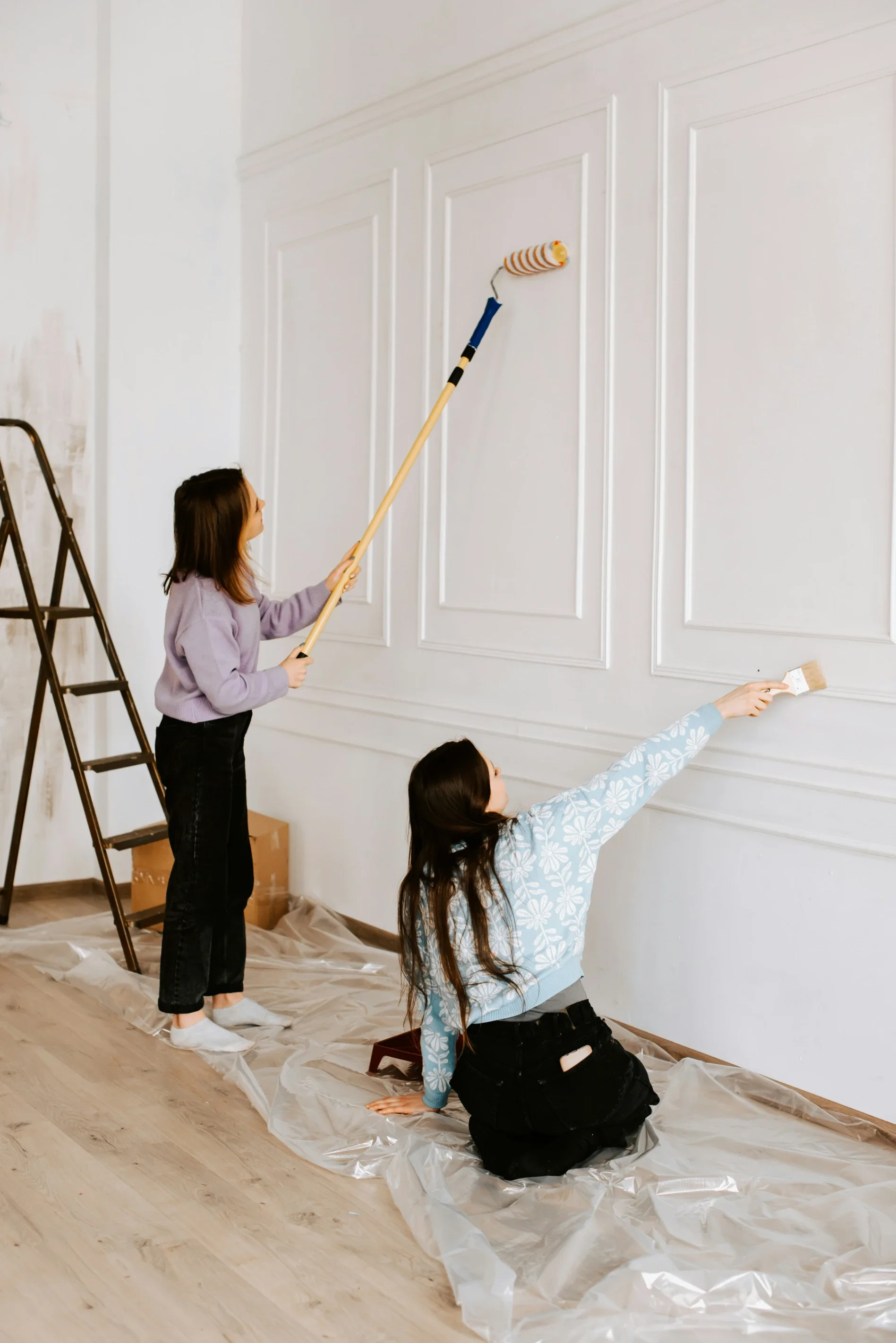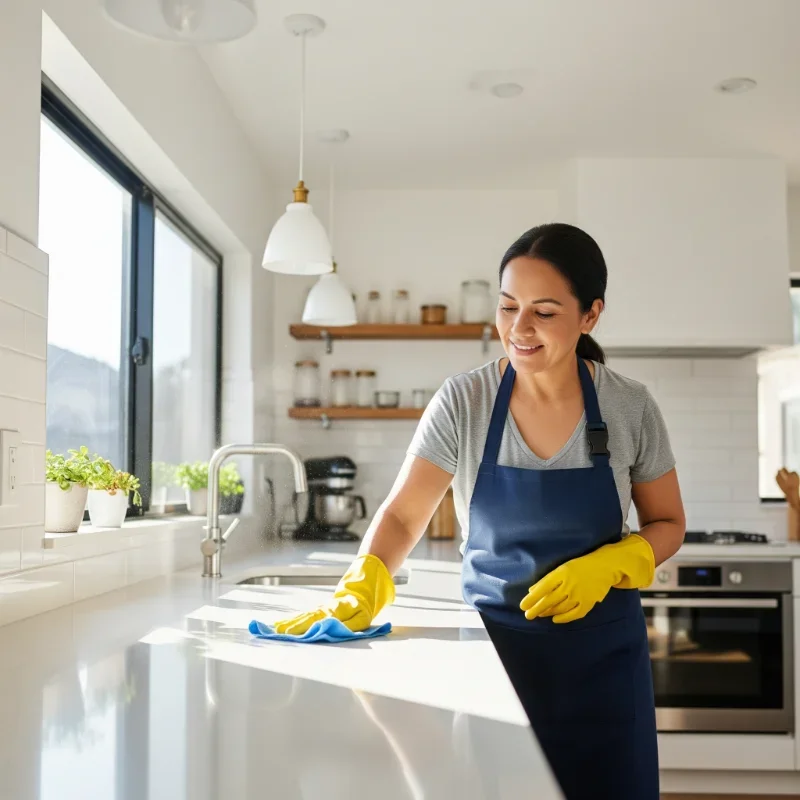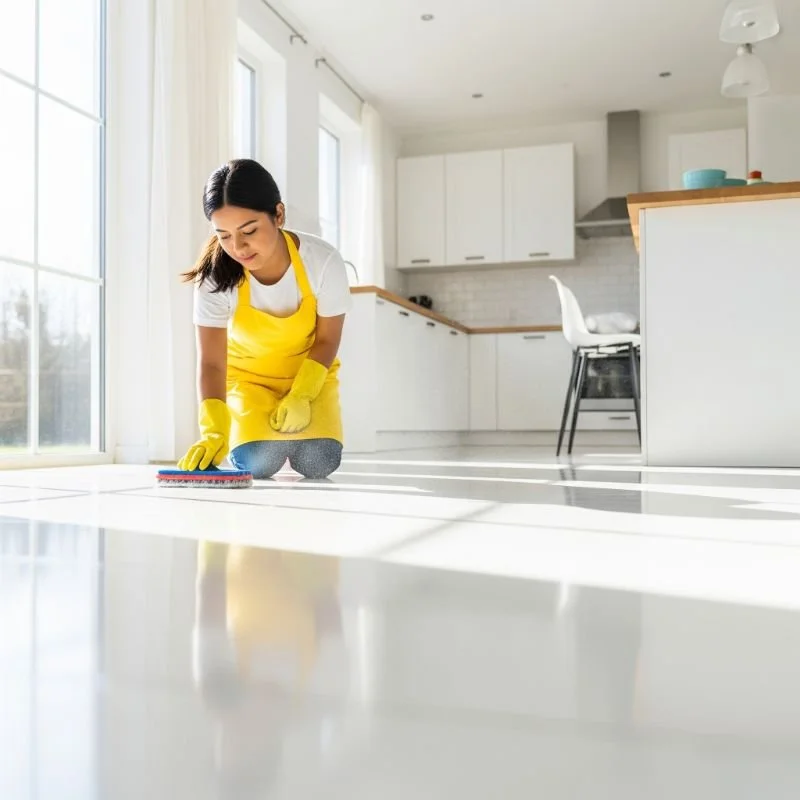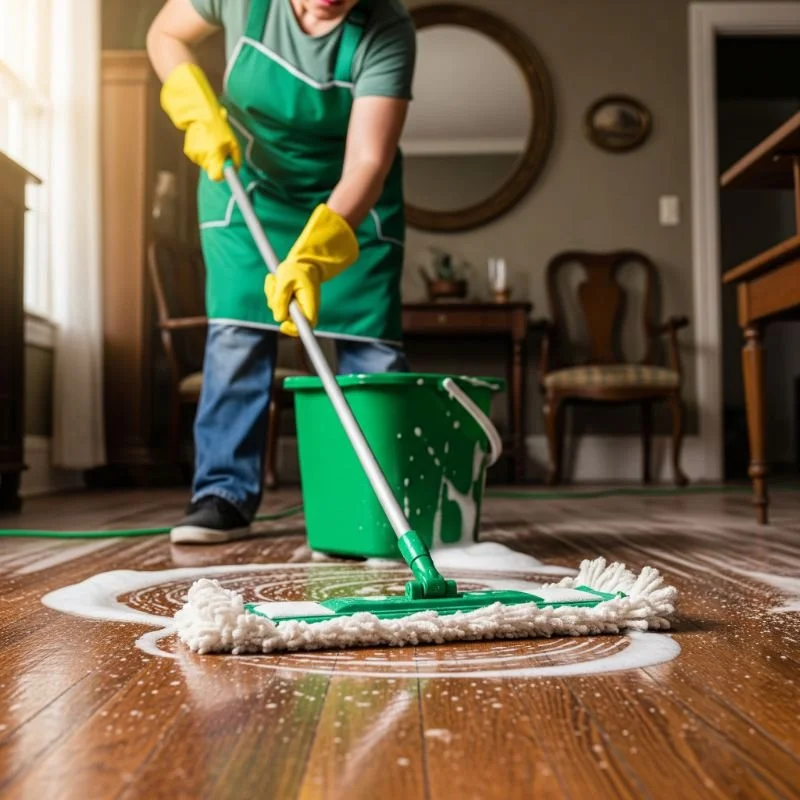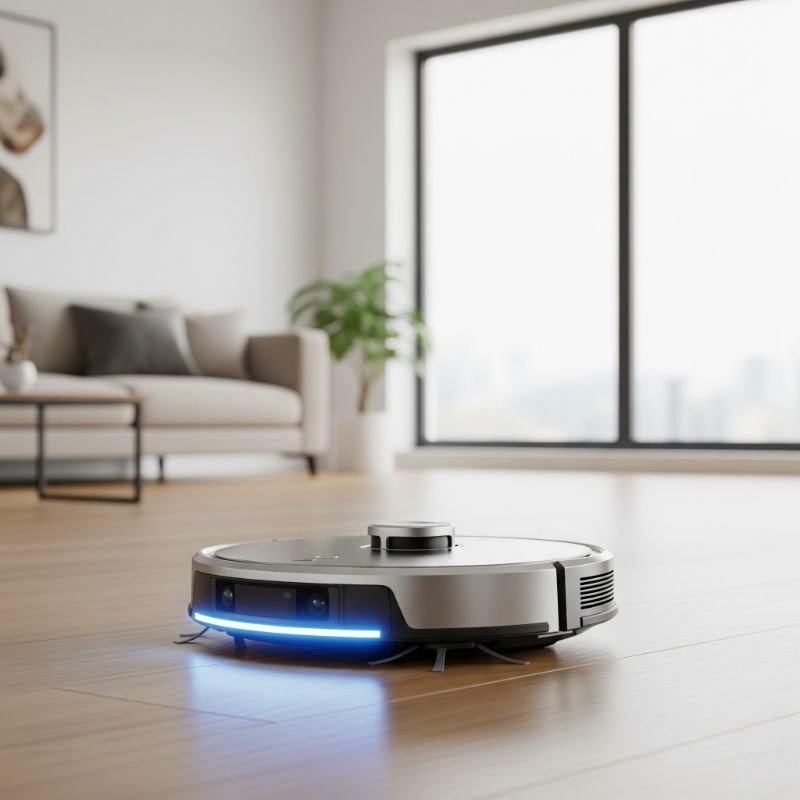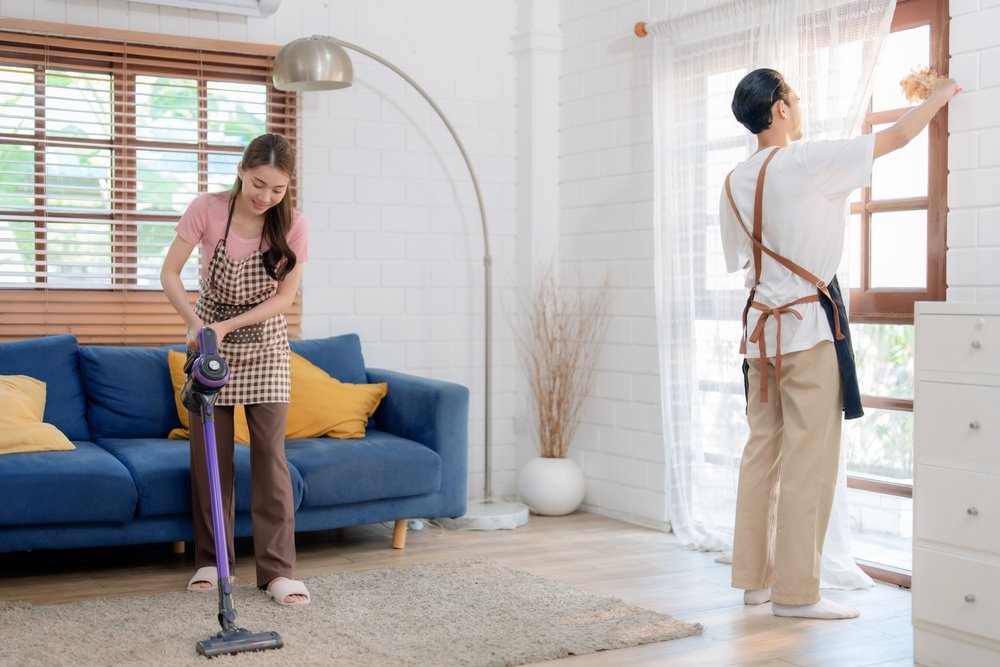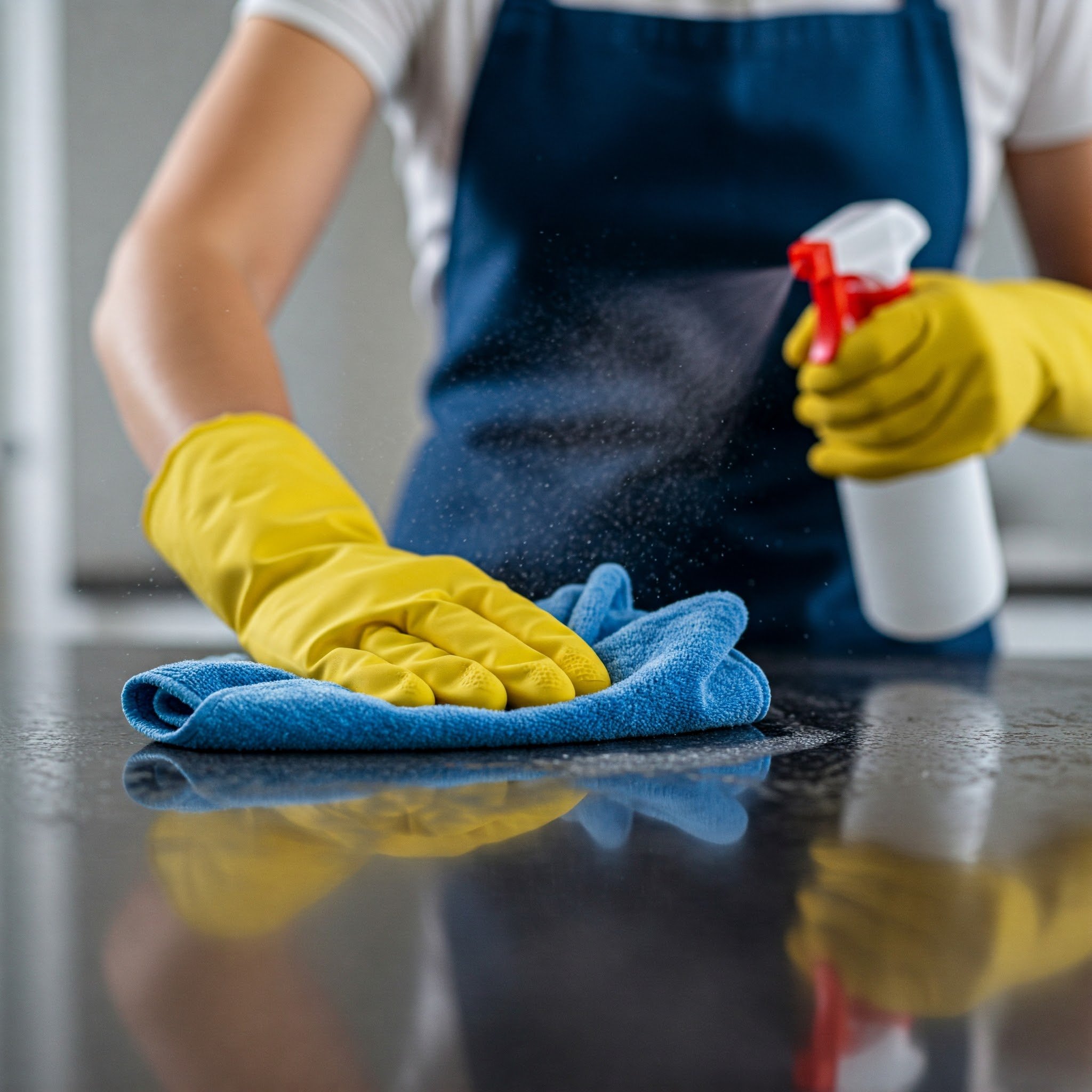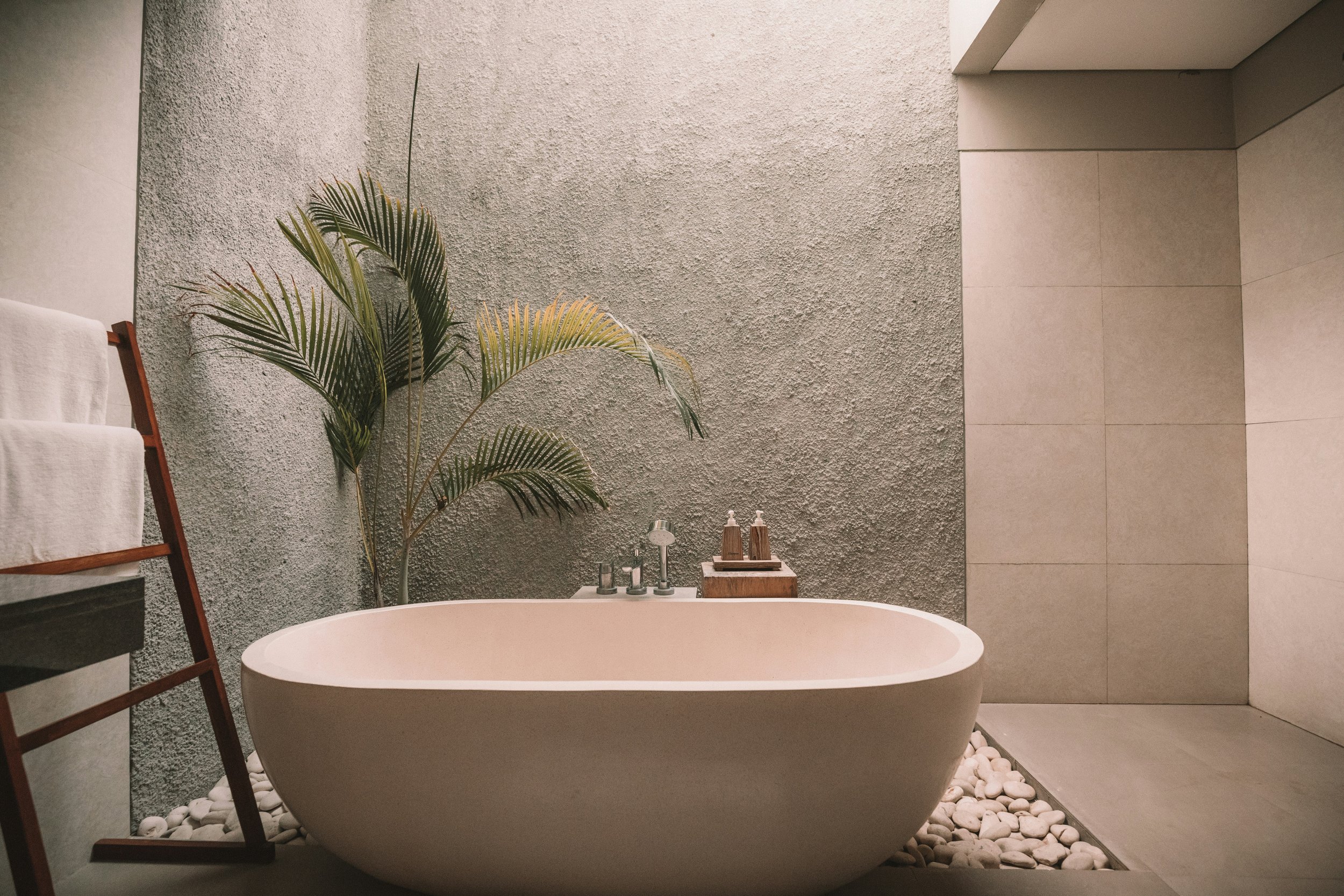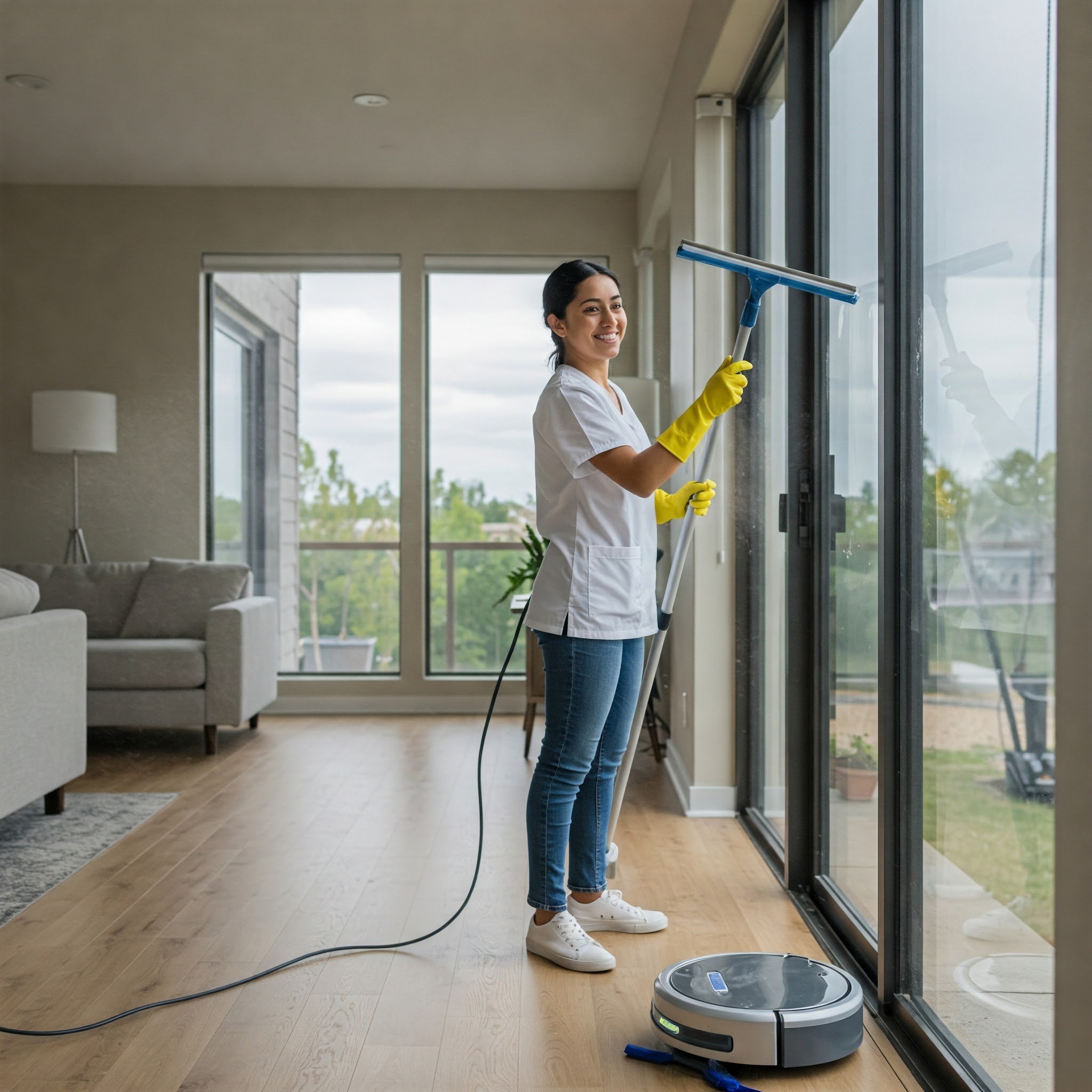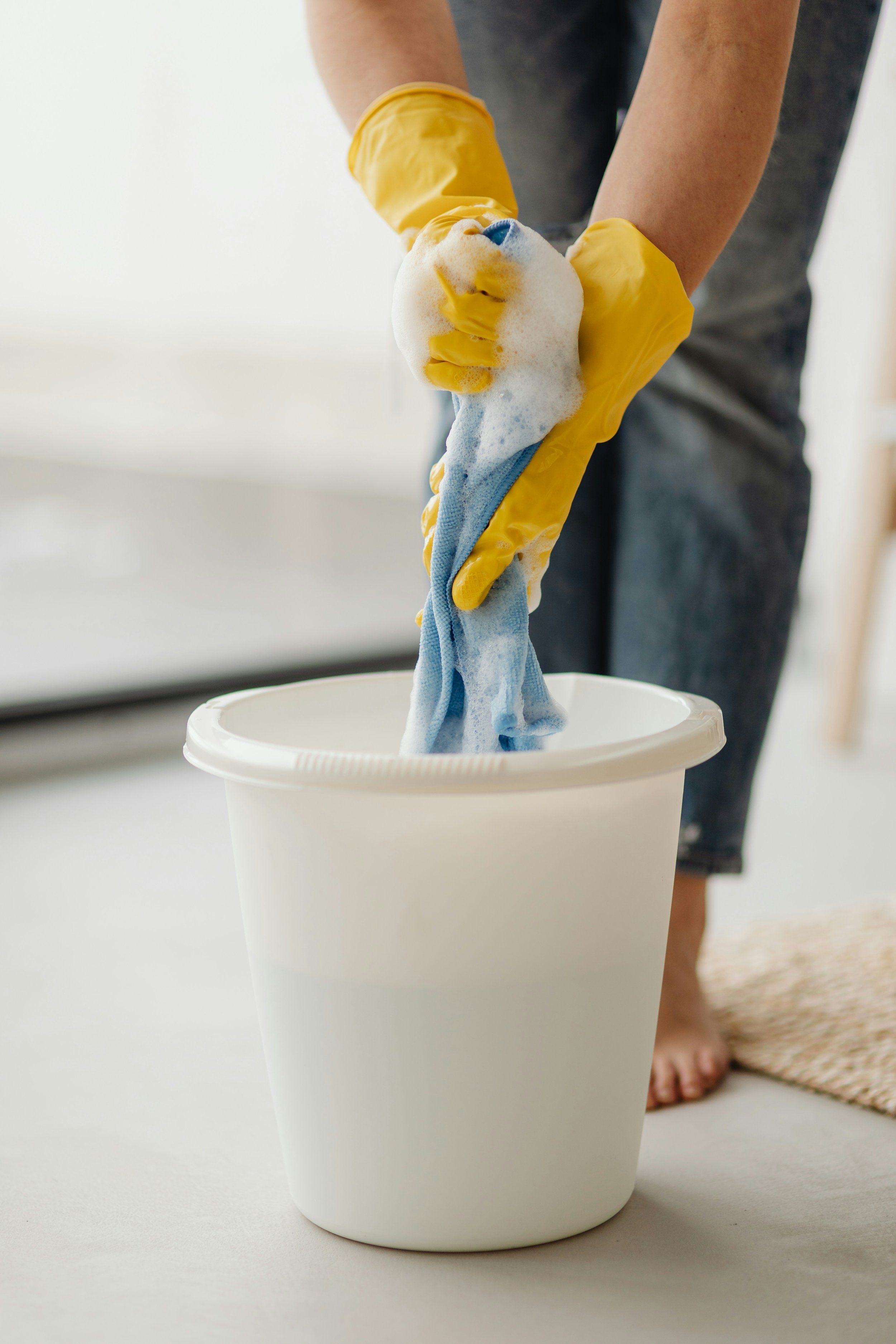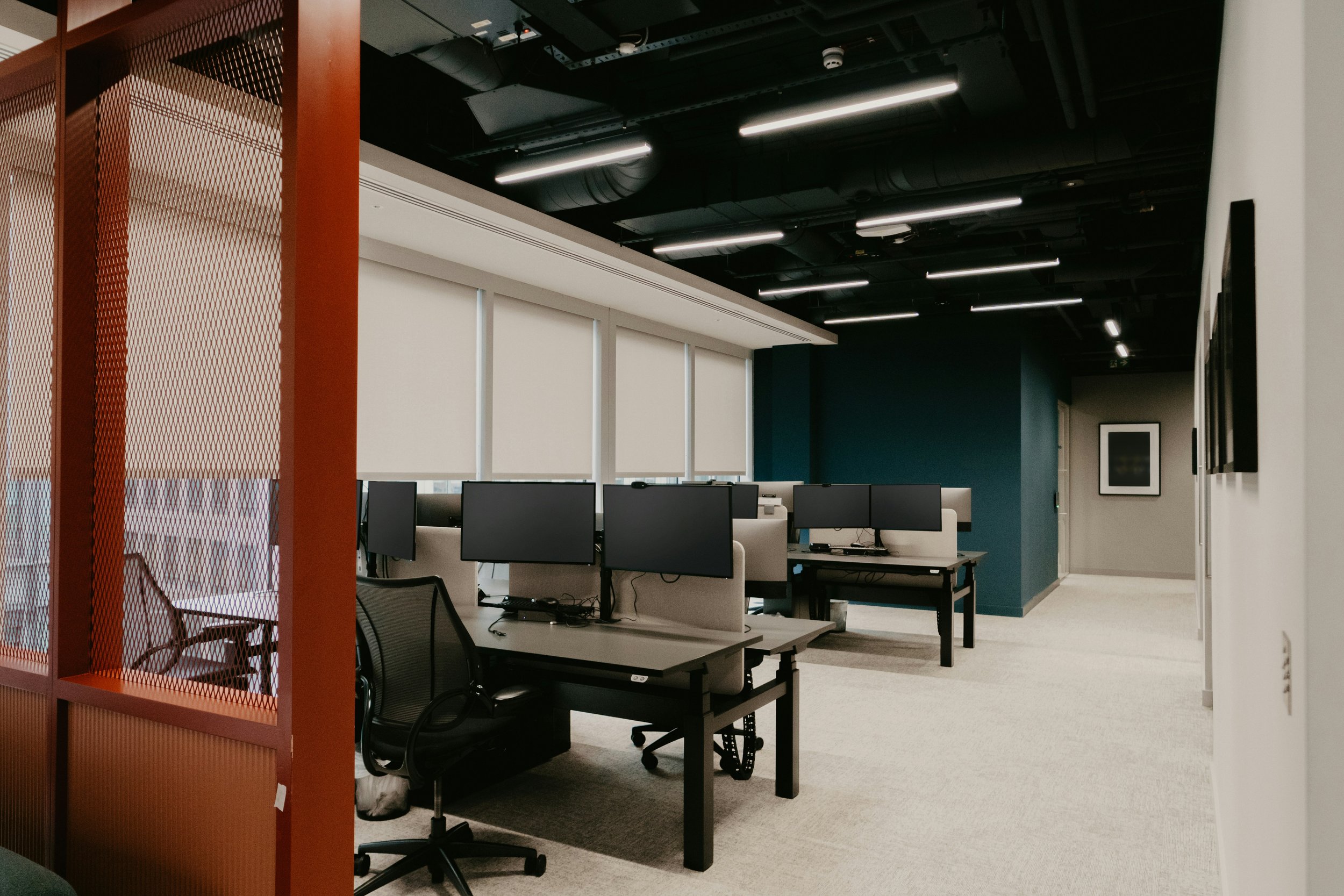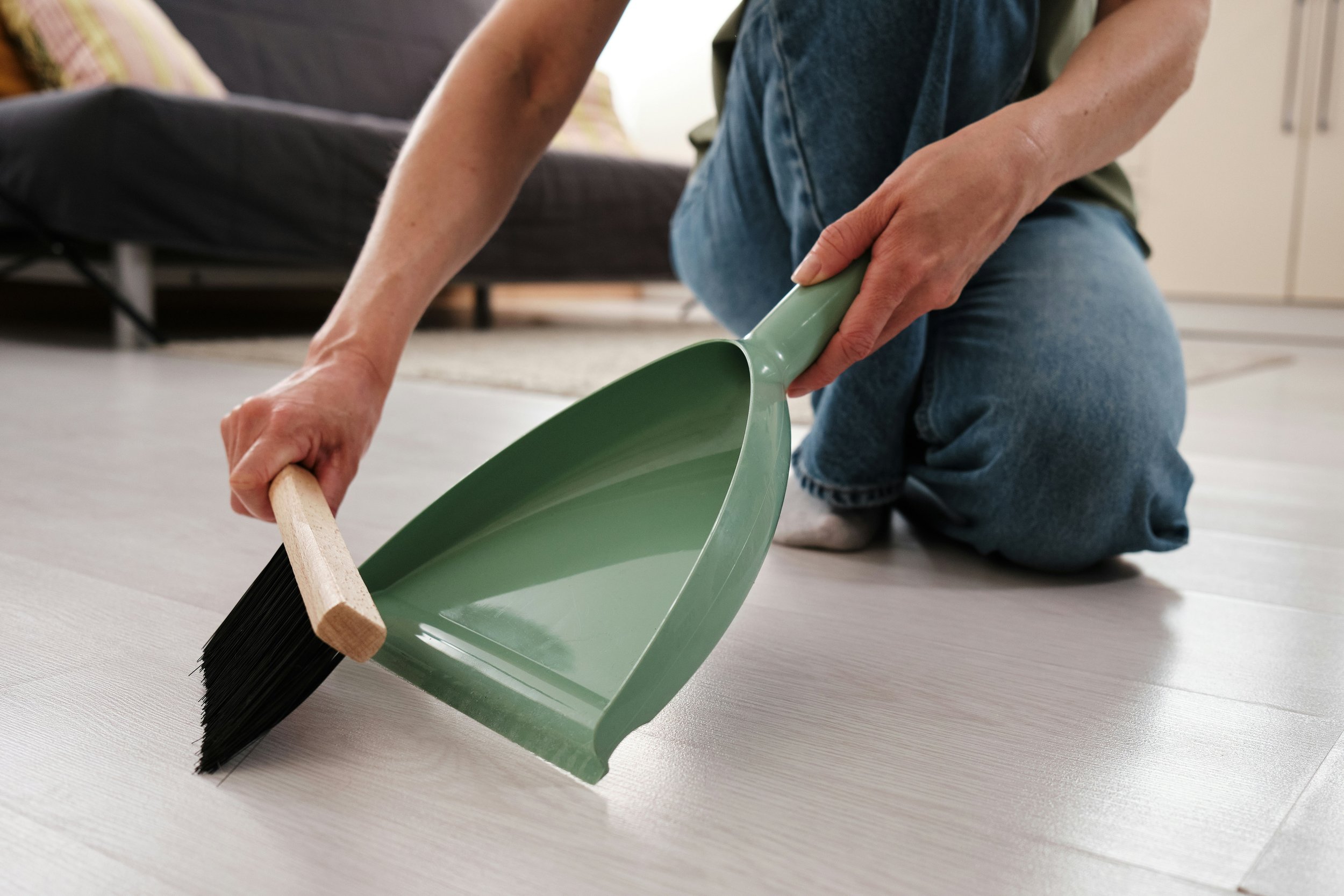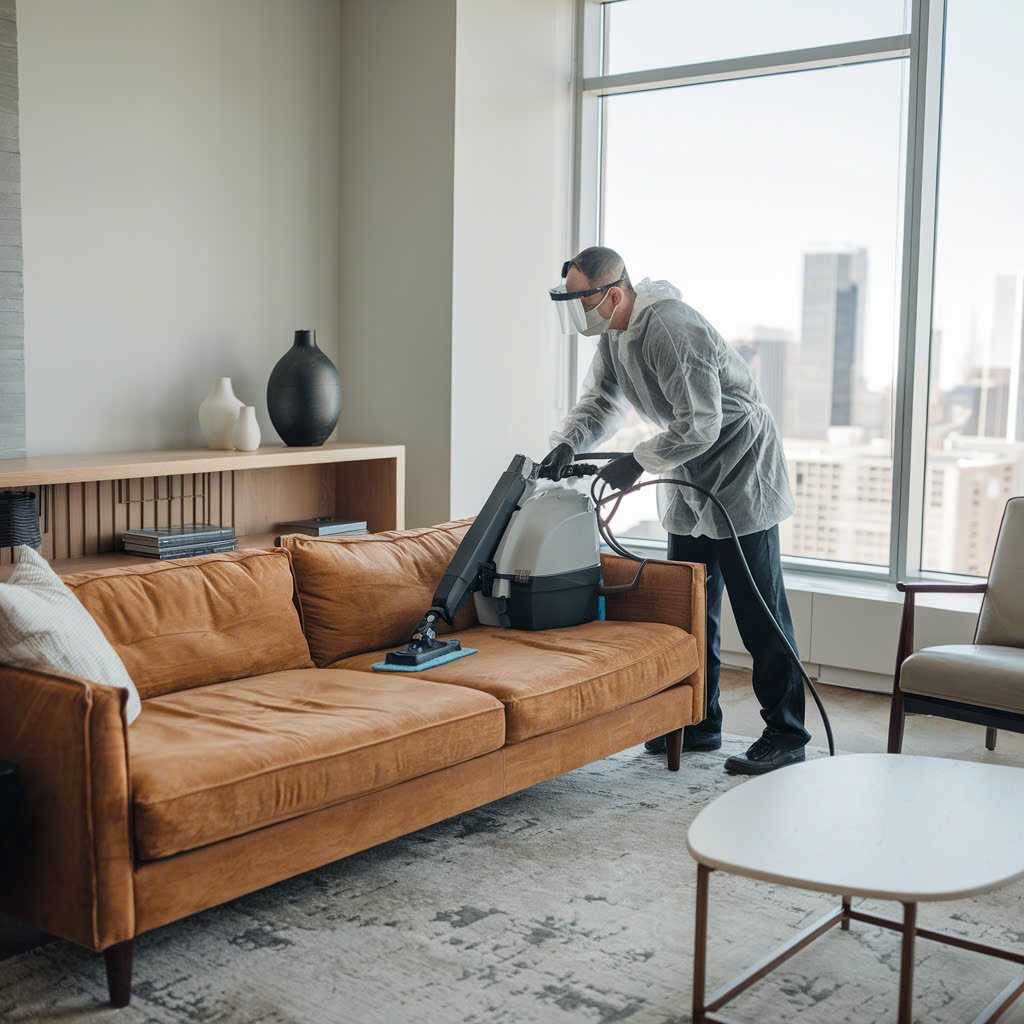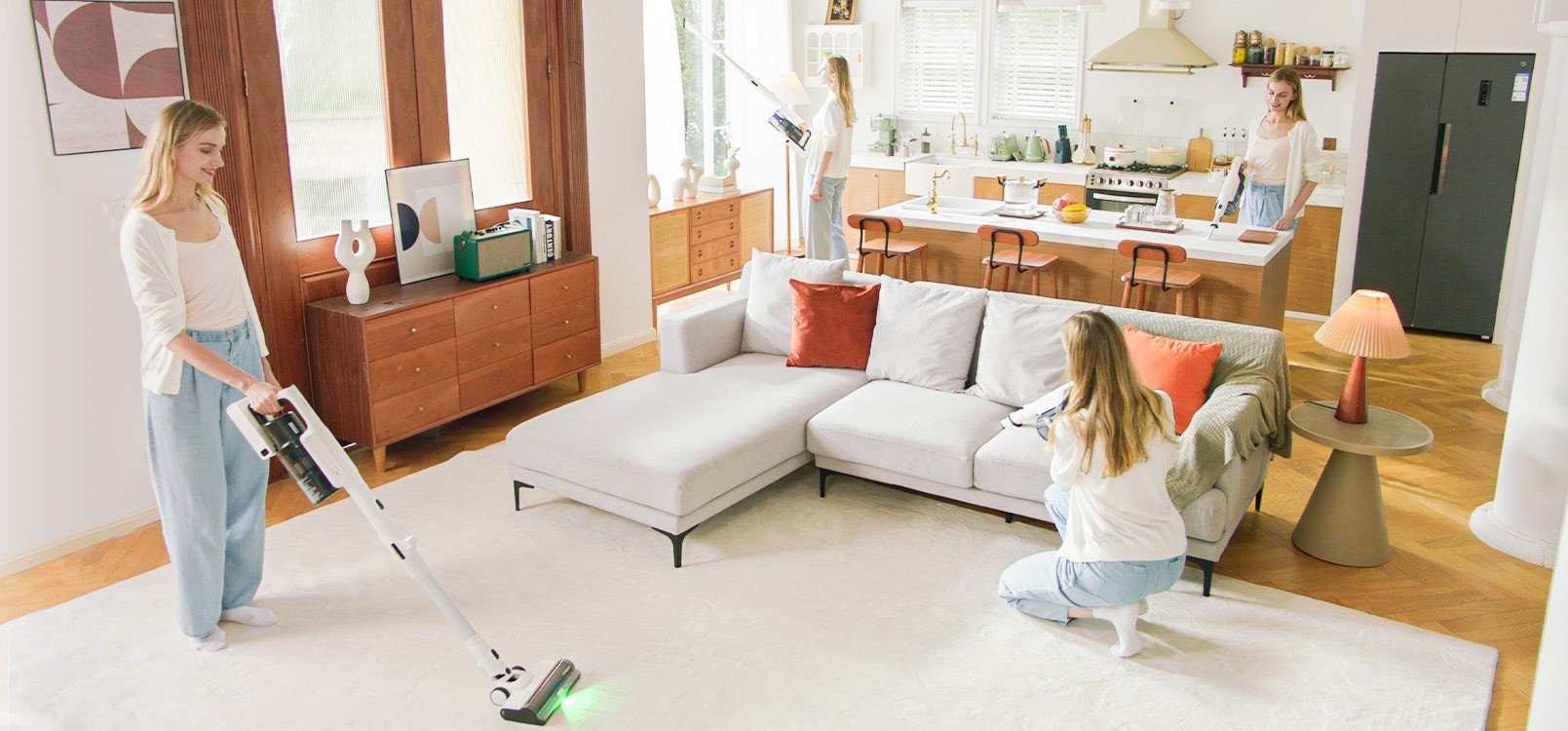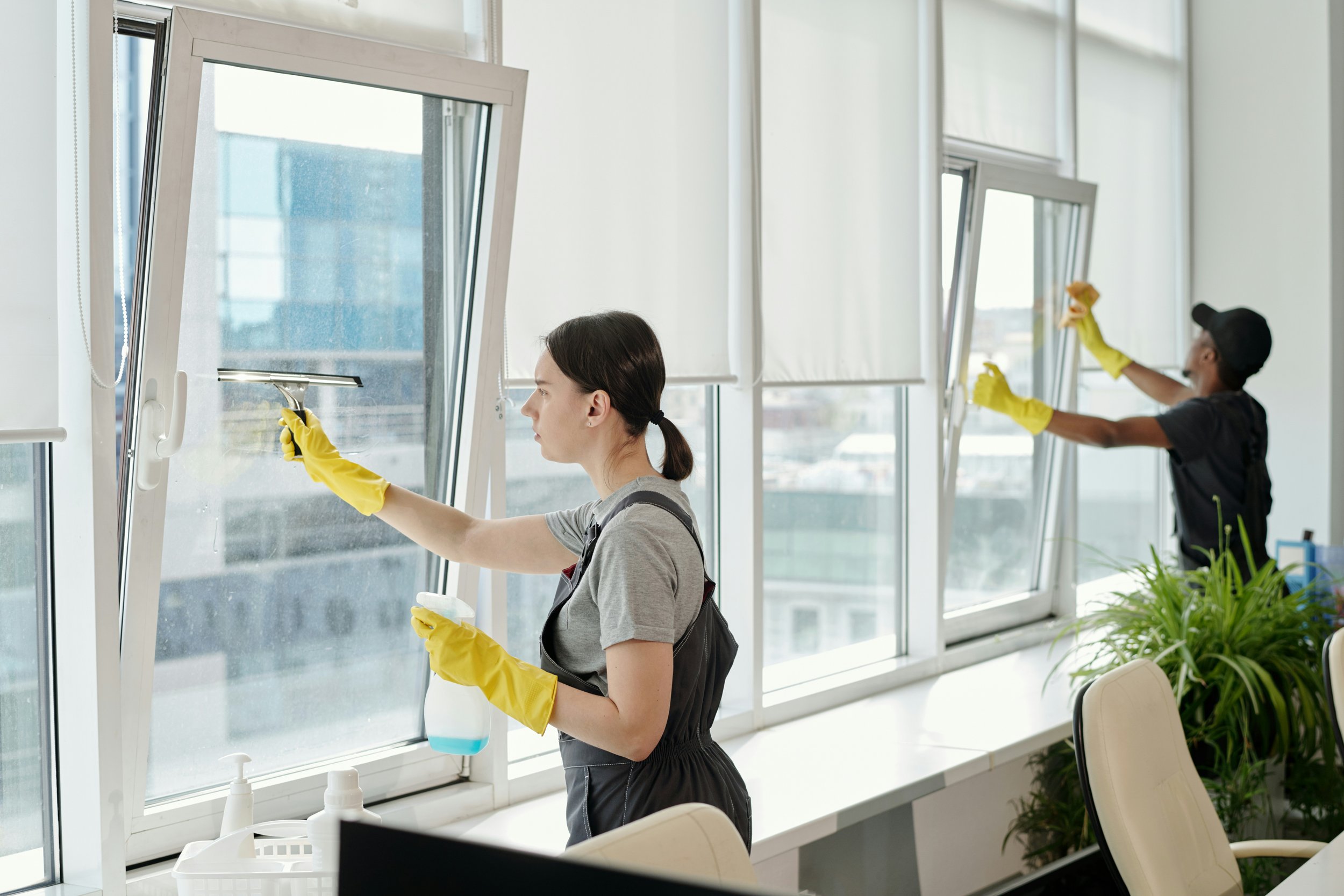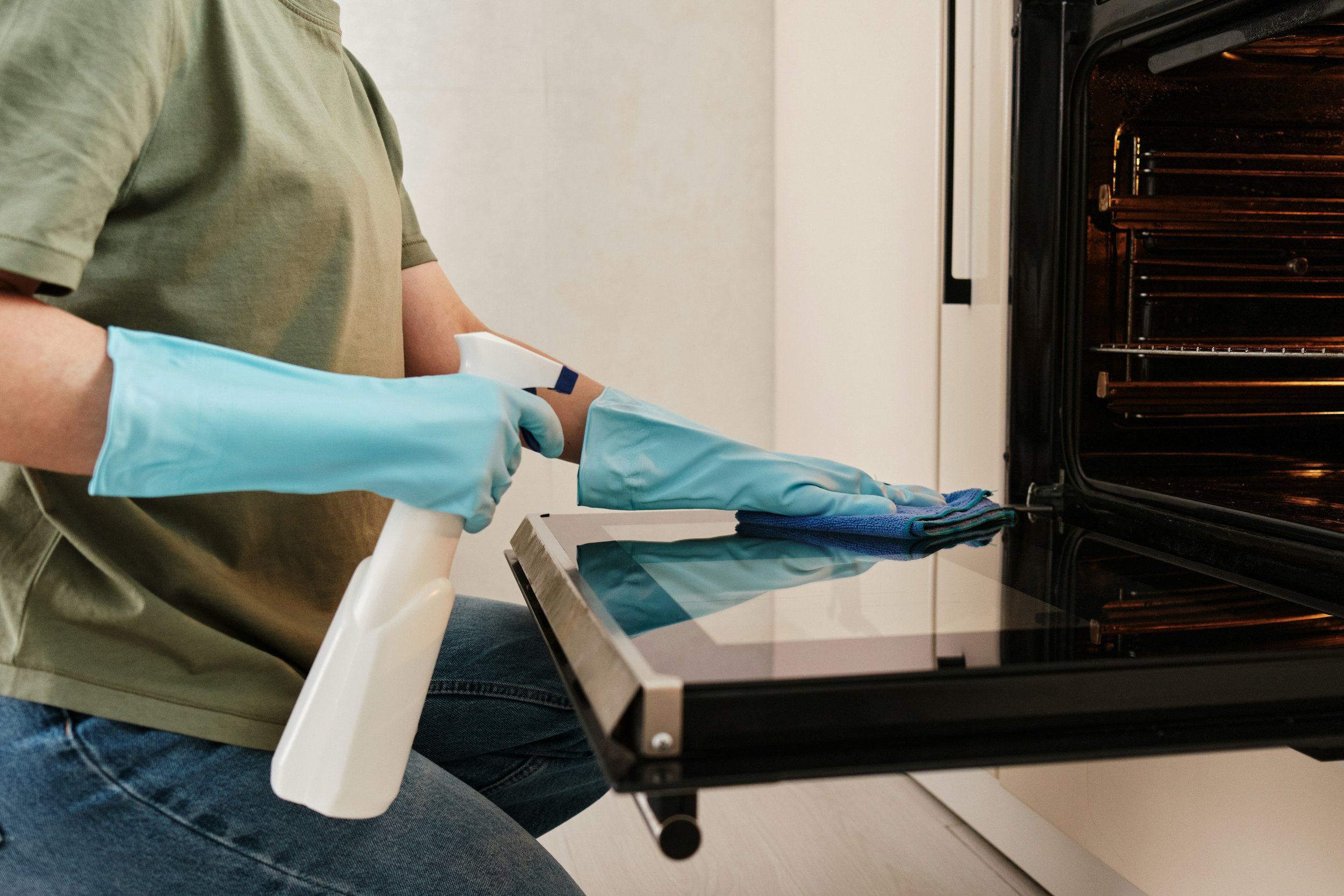The Ultimate Guide to Maintaining Clean and Healthy Floors in Every Home
Discover expert tips to keep your floors spotless, germ-free, and long-lasting—no matter the material or room in your home.
Clean, well-maintained floors form the cornerstone of a healthy, comfortable, and visually appealing home. More than just enhancing appearance, properly cared for floors significantly improve indoor air quality, minimize allergens, and create safer living spaces for everyone in your household. Each flooring material—whether hardwood, carpet, tile, or vinyl—demands its own specific maintenance approach to preserve both beauty and functionality. By developing consistent floor care habits, you not only enhance your daily living environment but also protect a substantial investment, potentially avoiding thousands in unnecessary replacement costs down the road.
Understanding Different Types of Flooring and Their Care Needs
Flooring materials vary considerably in composition and maintenance requirements:
Hardwood floors deliver timeless elegance but remain susceptible to moisture damage and scratching
Ceramic and porcelain tiles offer exceptional durability but often require attentive grout maintenance
Laminate flooring provides a wood-like appearance with improved moisture resistance
Vinyl and luxury vinyl tile (LVT) excel in water resistance and ease of maintenance
Carpeting tends to trap allergens, necessitating regular deep cleaning
Natural stone (marble, granite) requires specialized care to avoid etching and staining
Recognizing these distinct characteristics helps homeowners implement appropriate care routines that extend both the lifespan and beauty of their specific flooring investments.
Essential Tools and Products for Floor Maintenance
A thoughtfully assembled cleaning arsenal makes floor maintenance considerably more effective. Must-have tools include quality microfiber mops, robust vacuum cleaners with floor-specific attachments, gentle soft-bristle brooms, and absorbent microfiber cloths. When choosing a specialized floor cleaner, look for formulations designed specifically for your flooring type—pH-neutral solutions work best for hardwood, non-abrasive cleaners protect tile, and low-residue formulas preserve laminate finishes.
The right tools not only simplify maintenance but protect your investment. Many homeowners have inadvertently damaged expensive flooring by using inappropriate cleaning products that strip protective finishes or leave behind dulling residues. Always verify product compatibility with your specific flooring type before application.
Step-by-Step Floor Cleaning Routines for Every Surface
Effective floor maintenance combines regular daily attention with deeper periodic cleaning:
For hardwood:
- Daily: Dust with a microfiber cloth or dry mop to capture surface particles
- Weekly: Vacuum using a floor attachment and clean with a barely damp mop
- Quarterly: Apply manufacturer-recommended wood floor refreshers to maintain finish
For tile and stone:
- Daily: Sweep or vacuum to eliminate abrasive particles that can scratch surfaces
- Weekly: Mop with an appropriate cleaner, paying special attention to grout lines
- Bi-annually: Deep clean and reseal grout as needed to prevent staining
Never use steam mops on unsealed wood or laminate as they can cause irreversible warping and delamination. Always work methodically from the farthest corner toward the exit to avoid tracking over freshly cleaned areas.
Preventive Maintenance: Protecting Your Floors from Damage
Prevention consistently proves easier than repair. Position high-quality entrance mats at doorways to trap dirt before it reaches your floors. Attach felt pads under furniture legs to prevent scratches, and promptly clean spills—especially on wood and porous stone surfaces. Consider implementing a "no shoes" policy to dramatically reduce tracked-in debris and contaminants.
Seasonal maintenance deserves equal attention: maintain appropriate indoor humidity levels (between 35-55%) to prevent wood flooring from expanding or contracting, and adjust your cleaning routines during high-traffic holiday periods or particularly muddy seasons.
Addressing Common Floor Cleaning Challenges
Despite preventive measures, challenges inevitably arise. For stubborn carpet stains, gently blot (never rub) with appropriate cleaners, working methodically from the outside toward the center. Remove scuff marks from hard surfaces using a tennis ball or melamine foam eraser. For pet accidents on hardwood, clean immediately with specialized enzymatic cleaners to prevent lingering odors from becoming permanent.
When confronting severe damage or deeply embedded stains, consult professionals who specialize in your specific flooring type. The cost of professional intervention typically pales in comparison to complete replacement.
Creating a Lasting Floor Care Routine
Establishing a consistent floor maintenance routine preserves both the appearance and functionality of your home's foundation. By understanding your specific flooring materials, employing appropriate tools and cleaners, and implementing thoughtful preventive measures, you create not only a healthier living environment but also protect a significant household investment. Always prioritize manufacturer recommendations, as they've engineered their products with specific care requirements in mind that will maximize longevity and performance.


